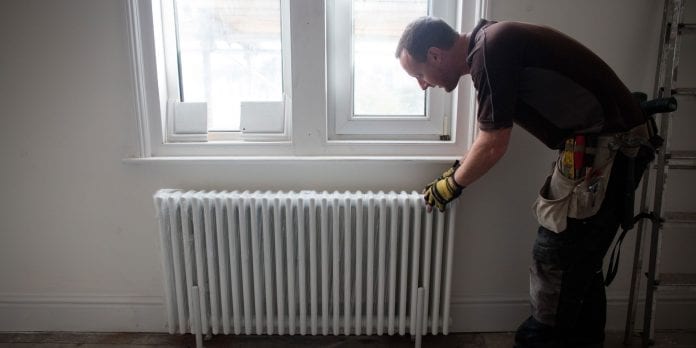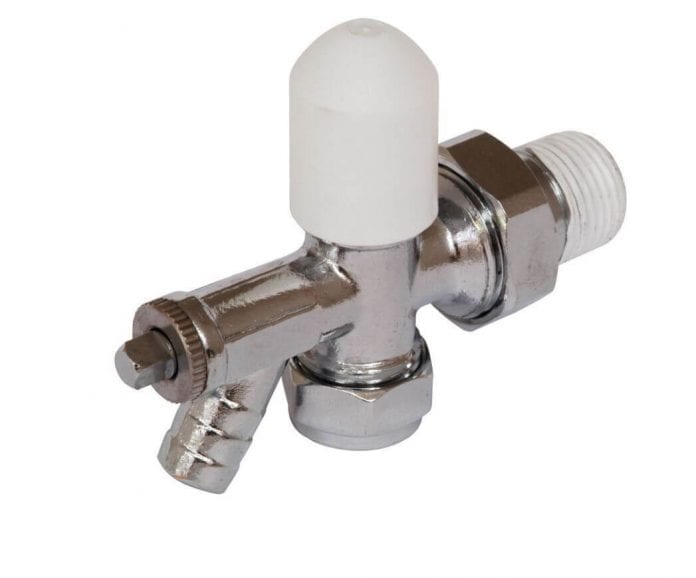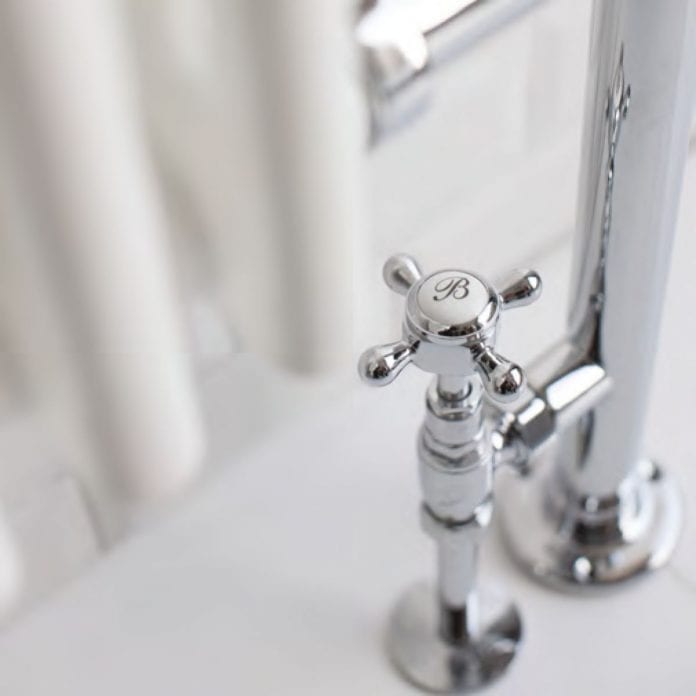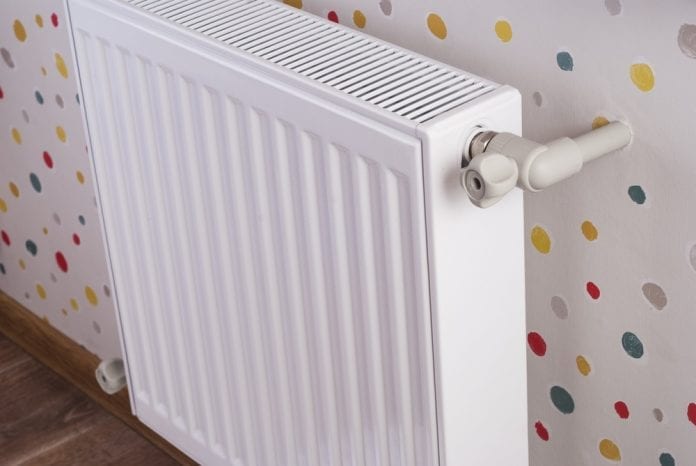Buying a new radiator or rad, as we like to call them, is something of a commitment, or at the very least should be seen as one. You should be thinking of it in the same way you would buying a bed or half-decent knife. You want something that will work for the longest time without interruption and almost never cause any problems. With the average lifespan of a rad only around ten years (yes, most manufacturers will only promise a radiator can work that long), it helps if everything is in perfect order from the second your lovely new purchase is screwed and hung on the wall.

Now, while you can’t rip up the floorboards and lay new pipes every time you get a new radiator, there is one tiny thing which can do a lot of heavy lifting to help your rad work flawlessly, and it is the grossly overlooked & undervalued radiator valve. To say it keeps your rad running would be an understatement, especially if you need heat at certain levels in different rooms, or don’t really pay attention to your thermostat.
Some people think that buying rad valves can be tricky and the kind of purchase that is all too easy to make a mess of, which it sometimes can be. Although, I can show you how to avoid making simple mistakes and how shopping for new valves can be an absolute doddle.
So what should someone know about radiator valves before they buy one? With advice and help from the rad specialists at Trade Radiators, here is just about everything you should know about buying new valves. By the end of this article, you’ll be a mastermind in all things valve-related, as we look at function, angles, styles, and performance. Let’s get started, shall we?
Valve Function

Just like how there’s a wide variety of styles out there, so too are there a wide variety of valves. To keep things simple, I’m going to be focussing on the primary types you’ll find in most homes; manual, thermostatic & smart.
Manual options are pretty much the no-fuss solution for anyone who just wants their rad to be on and working unencumbered. If you look at your rad and the valve is simply a small-cap with no numbers or marks on it, it will most likely be a manual. While it is good for letting you keep things simple, you’re foregoing control for an option which can’t be fine-tuned to precise temperatures. Manual ones are good in rooms where you need a radiator on full power anytime it goes on.
Thermostatic ones are the benchmark for valves. They’re easy to use, will help you control temperature, and also prevent you from wasting fuel. I can’t recommend them enough, especially if you only have manual options in your home and are wary that you’re using too much fuel throughout the year.
Smart valves are the new fancy product on the market. Some let you independently control rads to the literal degree from room to room, while others work as part of a heating network. There are many to compare, and I recommend reading some reviews first to get an idea of what smart options would work best in your home.
Valve Angle

Apart from sounding like a pseudonym for a fantastic author, the angle of your valves is surprisingly important. The easiest mistake to make when buying a new option is getting your angles all wrong. What do I mean by this?
There are three general ways a rad can connect to a pipe through the valve. Angled is the most common, and that is where the pipe coming out of the floor has to connect to the side entry of the radiator at a 90° angle. Please don’t get this confused with corner ones, which are needed when a pipe protrudes from the wall and has to turn in (like turning a corner) to connect to the radiator. If you mistakenly buy a corner instead of an angled valve, or vice versa, they just won’t fit in place for you, and you won’t have a functioning rad.
The third and final type are straight valves which needs to make a straight-line connection from the pipe coming out of the floor to the radiator. It’s most commonly used on vertical rads and towel rails. It might sound silly, but always double-check what entry and pipe style you have before getting a valve.
Valve Colour
Like a pair of gym socks sticking out from under a suit, valves can look completely out of place when they are the wrong colour/ finish. It used to be that most homes would have the basic white plastic option which would quickly discolour and go that slightly yellow hue in a few short years.
Luckily now though, the choice out there for choosing new valves is just as broad as radiator finishes. I always advise that you get matching valves as it helps give your rad a more complete look. You’d be surprised just how odd it is to see something like a fancy new slate grey radiator hung on the wall with the same old white-capped manual valves attached. It’s like you did 99% of the work and then gave up at the last second.
Of course, painting a radiator valve can be simple enough if you’re all good with sanding, oiling, and popping an undercoat on. However, you’re still leaving yourself open to a painted rad with an oddly coloured valve on the side. I would err on the side of caution and get a new one which has been professionally painted instead, especially if the store you’re buying a new radiator from has options in matching colours. You wouldn’t believe the headaches I’ve had in the past trying to perfectly match the rad I already on the wall with the specific shade needed to paint over an old valve. It’s not worth the effort.
Now you’re a valve expert

Thanks for reading this article and I hope it helps make life easier the next time you need to buy a radiator valve. Remember, your valve is always doing a specific function to help your rad, and it helps immensely if it looks good while doing so.









